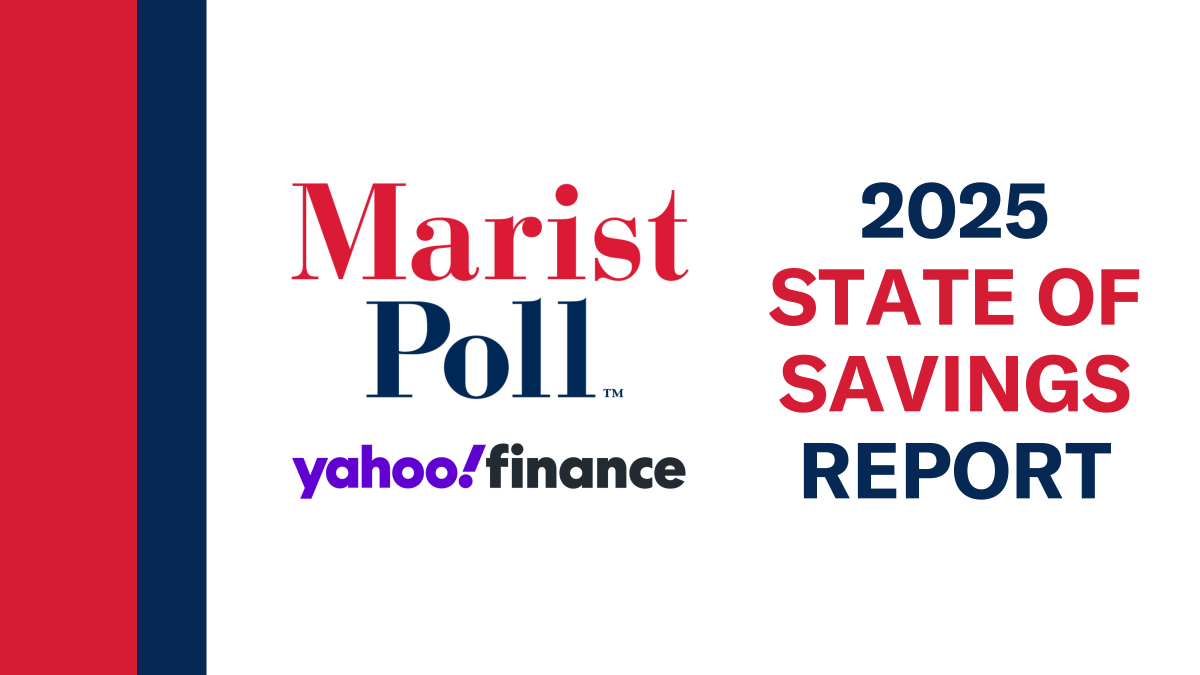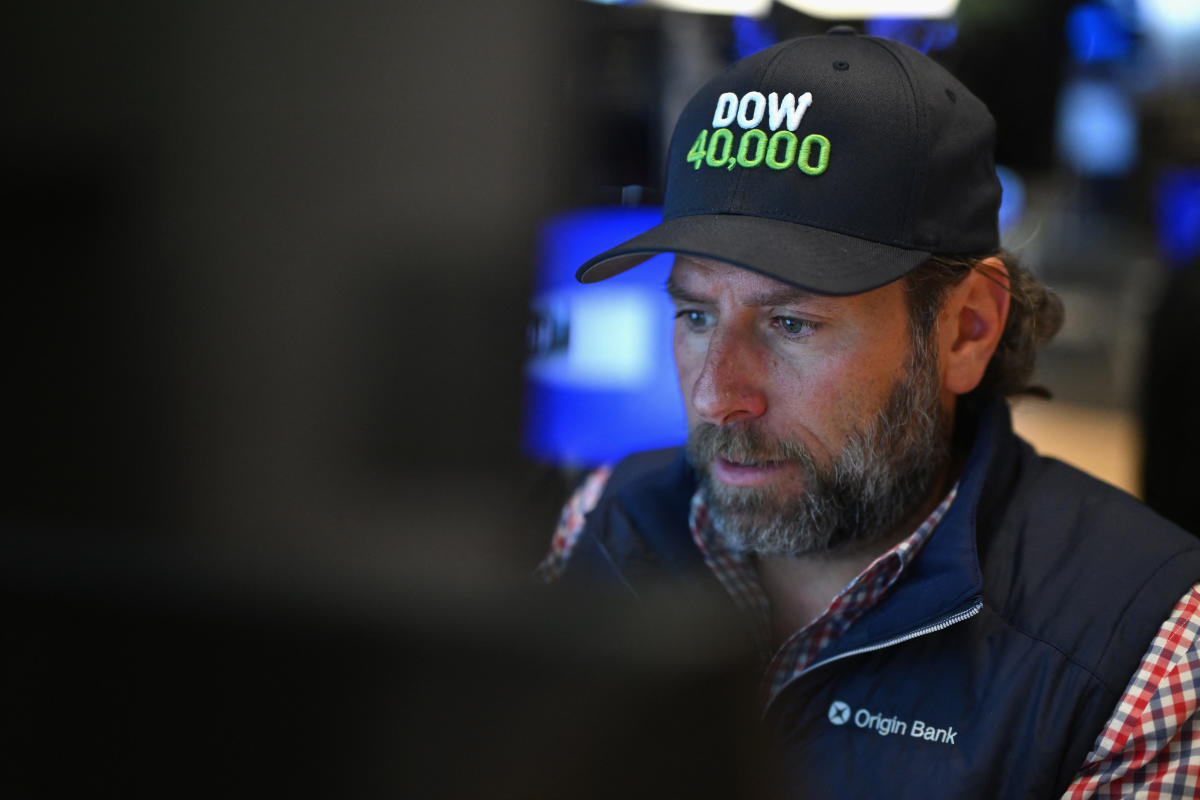- A Strategic Investment In Salem From A ‘Faith and Finance’ Firm
- More sectors, stocks need to ‘carry the ball’ in 2025: Strategist
- Chess meets finance at the Wall Street Gambit conference
- Financial expert shares year-end money moves to tackle, avoid holiday credit card hangover
- Loss and Damage Finance: the FRLD and Transforming Climate Finance Quality
This is The Takeaway from today’s Morning Brief, which you can sign up to receive in your inbox every morning along with:
You are viewing: The Dow’s losing streak showed its big weakness: Chart of the Week
With its 0.04% gain Thursday, the Dow finally broke its 10-day losing streak, the worst since the 70s.
This week’s performance was yet another reminder of why the historically important index is now more historical than important, having long ceded its role to the S&P 500.
Before the market’s dramatic reaction to the Fed on Wednesday, the Dow had been running counter to the S&P 500 and Nasdaq and was in a historic funk.
See more : Bank of America Leads $412M Financing for Phase 2 of Alafia in Brooklyn – Commercial Observer
A good portion of the why came from a dose of bad luck: While nearly all the Magnificent Seven stocks were up, the Dow’s exposure didn’t have the two biggest winners — Tesla and Alphabet — and instead had Nvidia, which has had a tough month. (The Dow recently added Nvidia in November, kicking a struggling Intel out.)
On top of that, the Dow had UnitedHealthcare, which has been down around 20% this month, notching losses twice as bad as the second-worst performer, Chevron.
But this bad luck belies the “real problem,” which was the index’s big advantage for so many decades: its price-weighted indexing. Instead of using the market capitalization system, the index is calculated by the ticker prices, which are only connected to actual valuation if you factor in how many shares there are. Great for the pre-internet age when you had to calculate quickly with little information, but it makes for some head-scratching statistics now, as our Chart of the Week shows.
For instance, because it trades at nearly $500 per share, UnitedHealthcare (market cap $452 billion) has the second-heaviest weighing of the Dow at 7%. Microsoft, with a cheaper share price, is in third, with 6%. But Microsoft is worth nearly seven times as much.
You can do this for a lot of these: Paint company Sherwin Williams is weighted around 1.5 times higher than Apple and is worth just 2.3% of what the tech giant is.
And the prices don’t just rank the stocks for weighing purposes; they make them move differently. A $10 move is the same no matter which company we’re talking about, even though it’s a huge 50% jump for a $20 stock and a much smaller 5% deal for a $200 stock. The index does not care.
The Dow isn’t the only index to use this method. Japan’s Nikkei 225 is also price-weighted instead of employing the market capitalization method that uses the overall value of the components, weighted by size.
Having this in the back of your mind is useful to parse headlines and stats about the state of the market because every now and then we get another episode of “Price-weighted indexing gone wrong.”
Source link https://finance.yahoo.com/news/the-dows-losing-streak-showed-its-big-weakness-chart-of-the-week-110018974.html
Source: https://summacumlaude.site
Category: News







